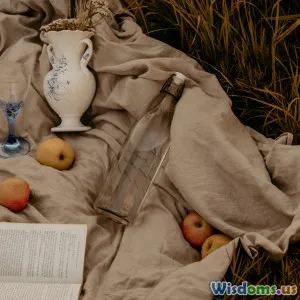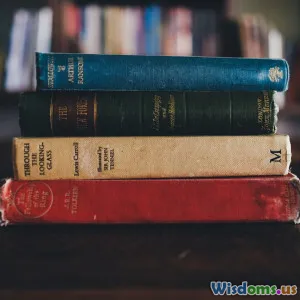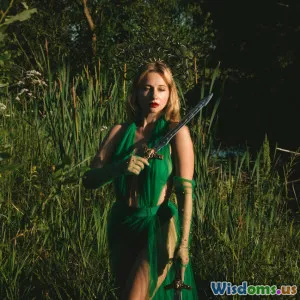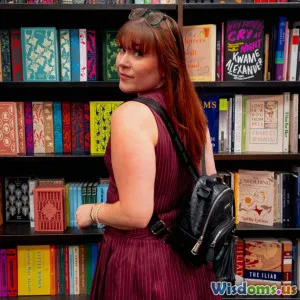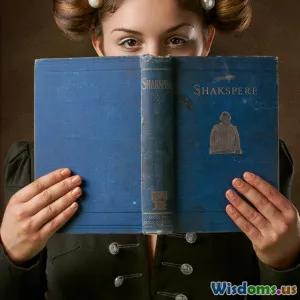
Ten Surprising Female Characters Who Defied Norms in Classic Novels
16 min read Explore ten remarkable female characters in classic literature who boldly challenged societal expectations and redefined women's roles in their eras. (0 Reviews)
Ten Surprising Female Characters Who Defied Norms in Classic Novels
What makes a "classic novel" resonate across generations? Often it's the stories that transcend their time—and the characters who boldly challenge their worlds' confines. Female characters in classic literature, traditionally shaped by patriarchal norms, frequently astonish with their agency, intellect, and power. In this article, we spotlight ten remarkable women who shattered convention, turning the page not only in fiction but in literary history.
Elizabeth Bennet: Wit and Independence in Regency England
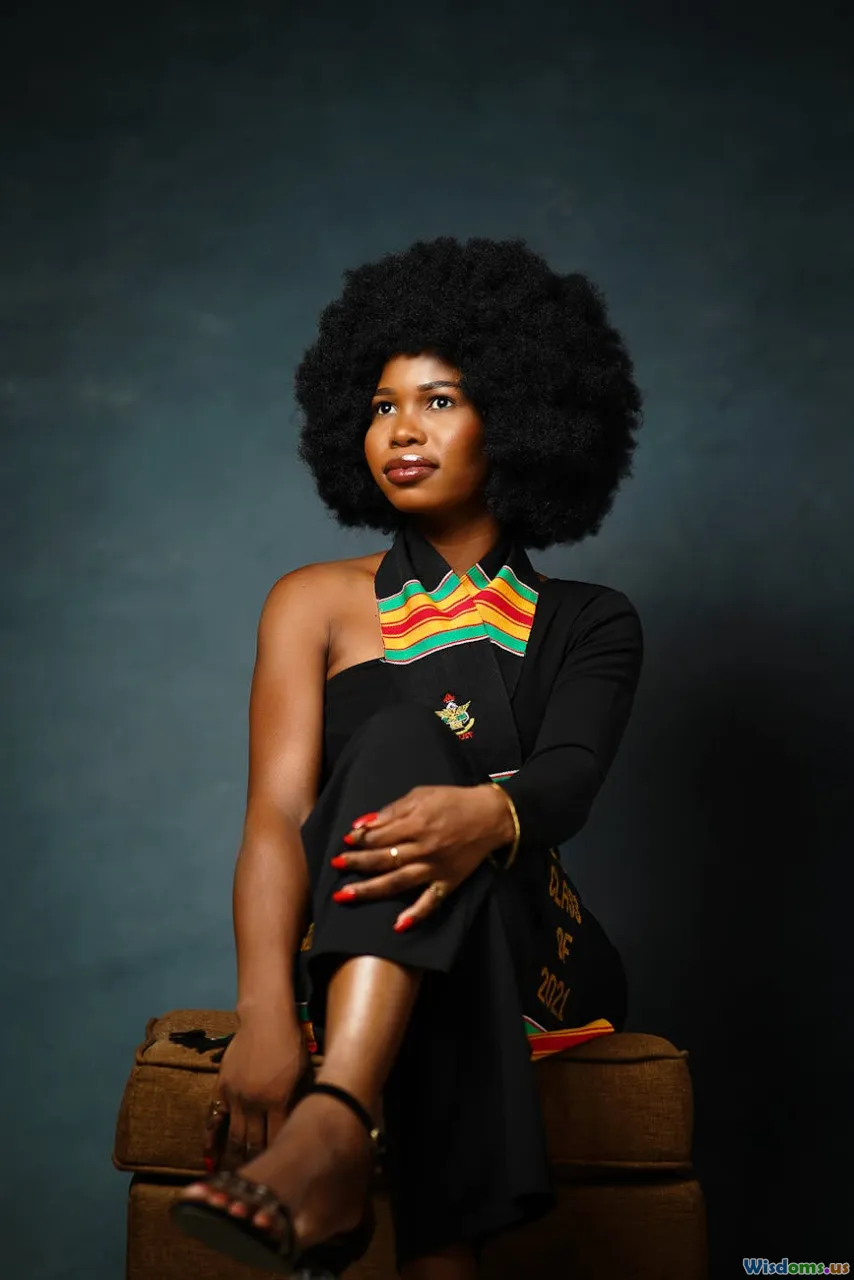
Jane Austen penned one of literature's most beloved—and subversive—heroines in Pride and Prejudice (1813). Elizabeth Bennet, the second eldest of five daughters, distinguishes herself as sharp-witted, forthright, and guided by her moral compass. This was revolutionary during an era when women's primary expectation was to marry well.
How Elizabeth Defied Norms:
- Rejecting Pragmatic Marriages: Elizabeth shockingly turns down a proposal from Mr. Collins, who offers financial security and social improvement, her refusal risking her family's future for the sake of personal happiness and integrity.
- Engaging in Intellectual Sparring: Elizabeth matches wits with Darcy and the formidable Lady Catherine de Bourgh, never backing down.
"There is a stubbornness about me that never can bear to be frightened at the will of others. My courage always rises at every attempt to intimidate me." —Elizabeth Bennet
Elizabeth's enduring appeal is her unapologetic individuality and her determination to set her own value, making her more modern than many literary figures—a true icon of self-determination.
Jane Eyre: The Unyielding Voice of Self-Respect
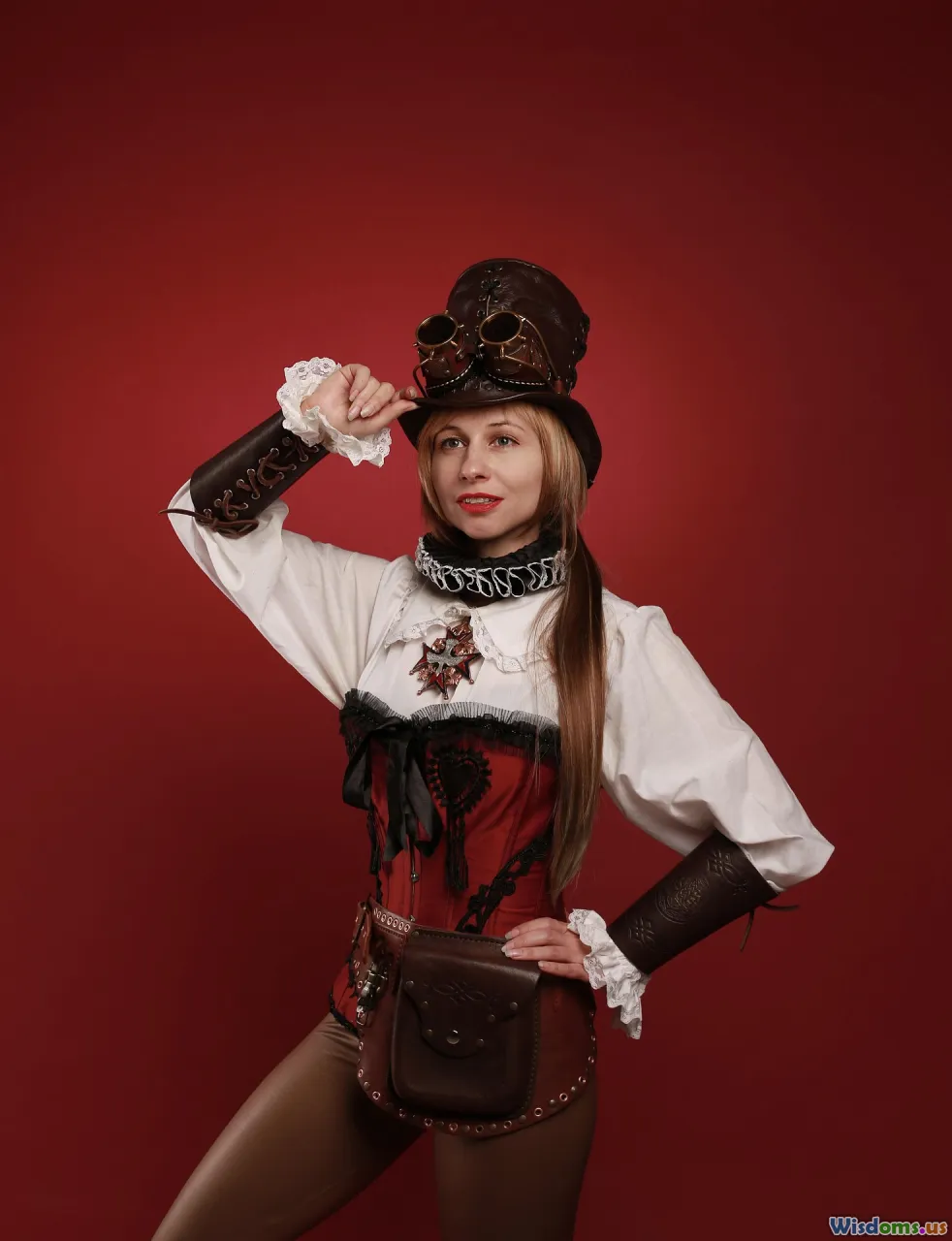
Charlotte Brontë’s Jane Eyre (1847) brought forth a heroine who claims agency and moral clarity in a milieu that afforded her little of either. Orphaned and mistreated, Jane rises not by grand gestures but through quiet, steady persistence.
How Jane Eyre Changed Her World:
- Refusing to be Subjugated: Whether as a child at Lowood or as a governess at Thornfield, she insists on her own dignity. Famously, she refuses to become Rochester's mistress even when tempted by love and longing for belonging, declaring, "I am no bird; and no net ensnares me. I am a free human being with an independent will."
- Advocacy for Emotional and Moral Equality: Jane demands to be treated as Rochester's equal long before such ideals were common.
Both steadfast and passionate, Jane shattered the archetype of the 'dutiful woman,' proving her refusal to waver, regardless of rank or romance.
Hester Prynne: Quiet Rebellion in Puritan America
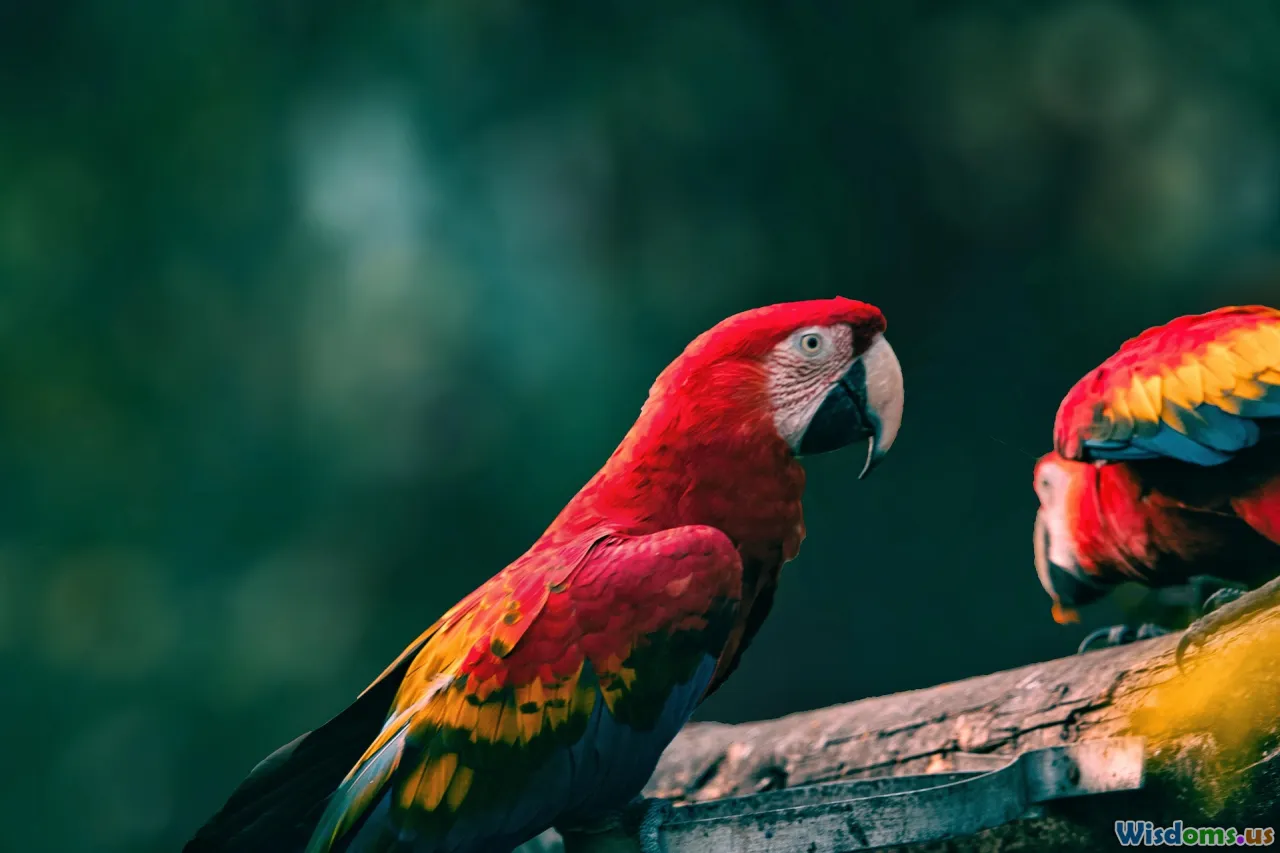
In Nathaniel Hawthorne's The Scarlet Letter (1850), Hester Prynne emerges as a paragon of dignity in the face of merciless Puritanical judgment. Convicted of adultery, forced to wear the scarlet "A," and ostracized, Hester illustrates grace under pressure.
Strategies of Defiance:
- Transforming Shame into Agency: Hester redefines the scarlet letter from a mark of ignominy into a symbol of resilience and skill, supporting herself and her daughter through her work as a seamstress.
- Community Leadership: Eventually, she becomes a figure of compassion, even as authorities continue viewing her through a prism of shame.
Her quiet rebellion lay in refusing to internalize society's condemnation and in forging a life of pride and usefulness.
Jo March: A Dreamer’s Pursuit of Literary Ambition
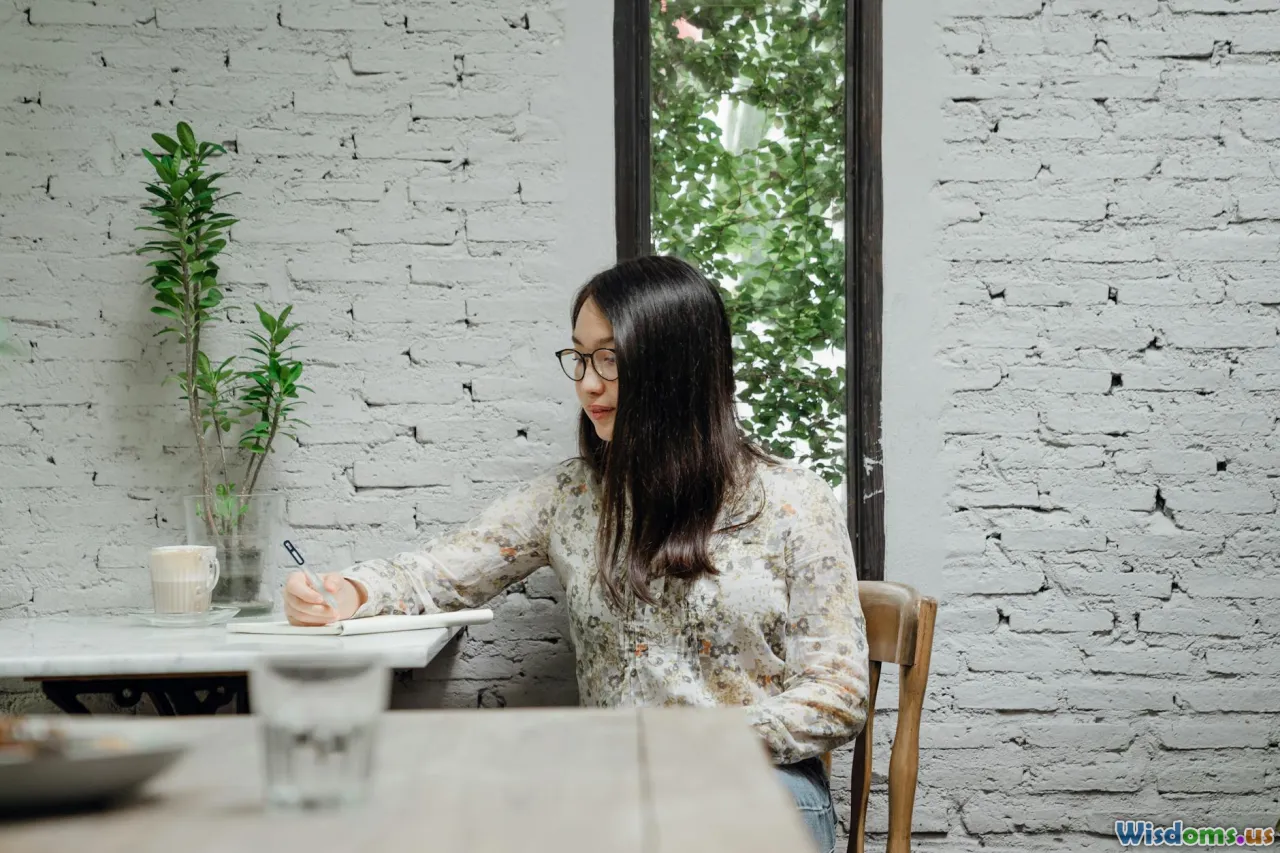
Louisa May Alcott’s Little Women (1868), inspired by her own family, centers on Jo March, a passionate tomboy and aspiring writer. Jo dared to want more than what the Civil War era prescribed for women—domesticity and marriage.
Ways Jo Broke the Mold:
- Refusing Conventional Roles: Jo's disdain for traditional femininity, from eschewing dresses to shunning the overtures of a wealthy suitor, was radical. She carves out a professional life, selling stories to help her family's finances.
- A New Ending for Women: Jo’s ultimate choice to establish a school and marry for genuine affection, not economic necessity, upended expectations of a 'proper' happy ending.
Jo remains an inspiration to writers—and dreamers—who seek to balance family loyalties with artistic ambitions.
Nelly Dean: The Unreliable Architect of Wuthering Heights
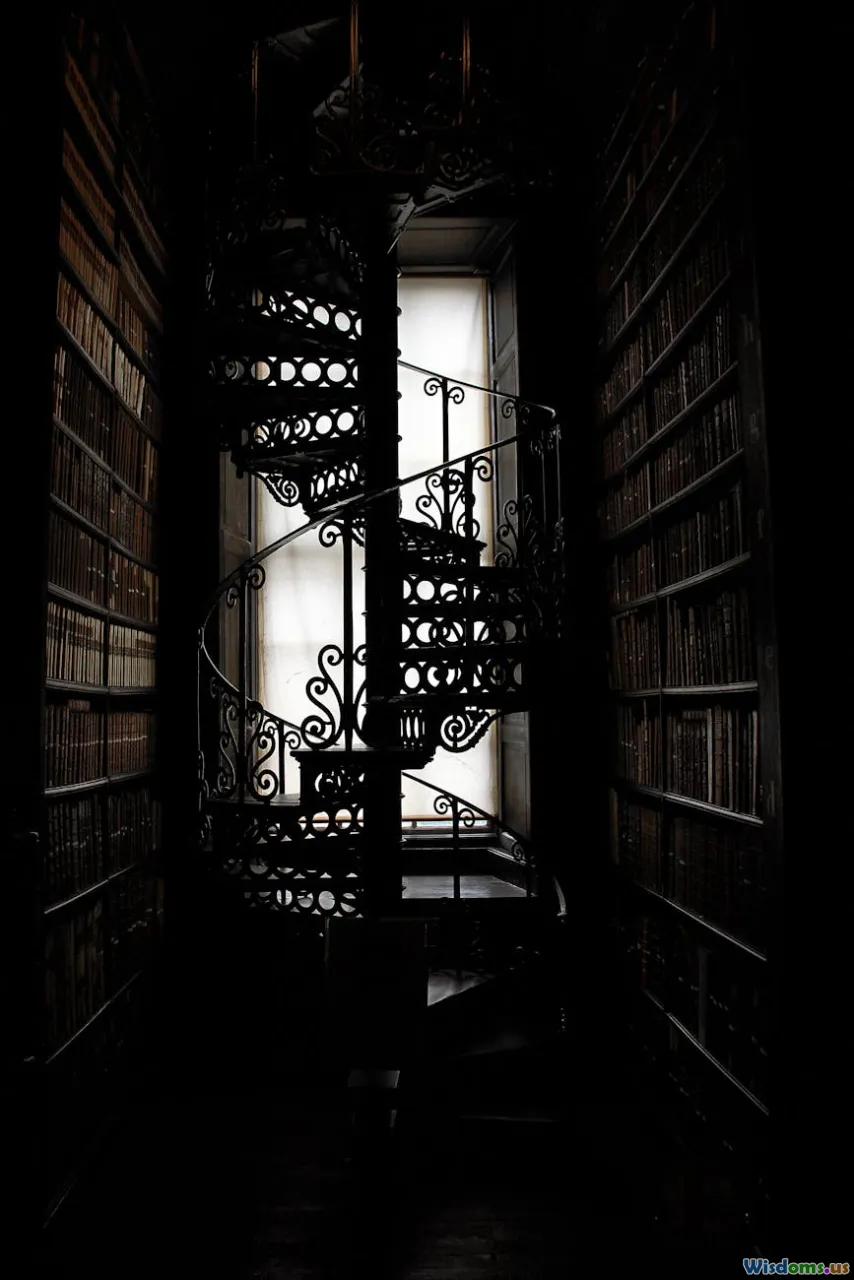
Emily Brontë’s Wuthering Heights is famous primarily for Cathy and Heathcliff, but it is Nelly Dean—the sharp-tongued housekeeper—who quietly holds the keys to the story. Structured as her unreliable narration, much of the action is seen through her perspective.
Norms Nelly Upends:
- Challenging Servant Passivity: As a servant, Nelly steps well outside the expected silent observer. She shapes events, gives (and withholds) information, and sometimes manipulates the fates of her employers.
- Narrative Power: In a novel dominated by passion and violence, it is the practical Nelly who orders and tells the tale, subtly claiming a voice rarely given to servants in Victorian fiction.
Through Nelly, Brontë not only allowed a working-class woman agency but suggested the destabilizing power of an "invisible" figure.
Eustacia Vye: Yearning Beyond the Heath
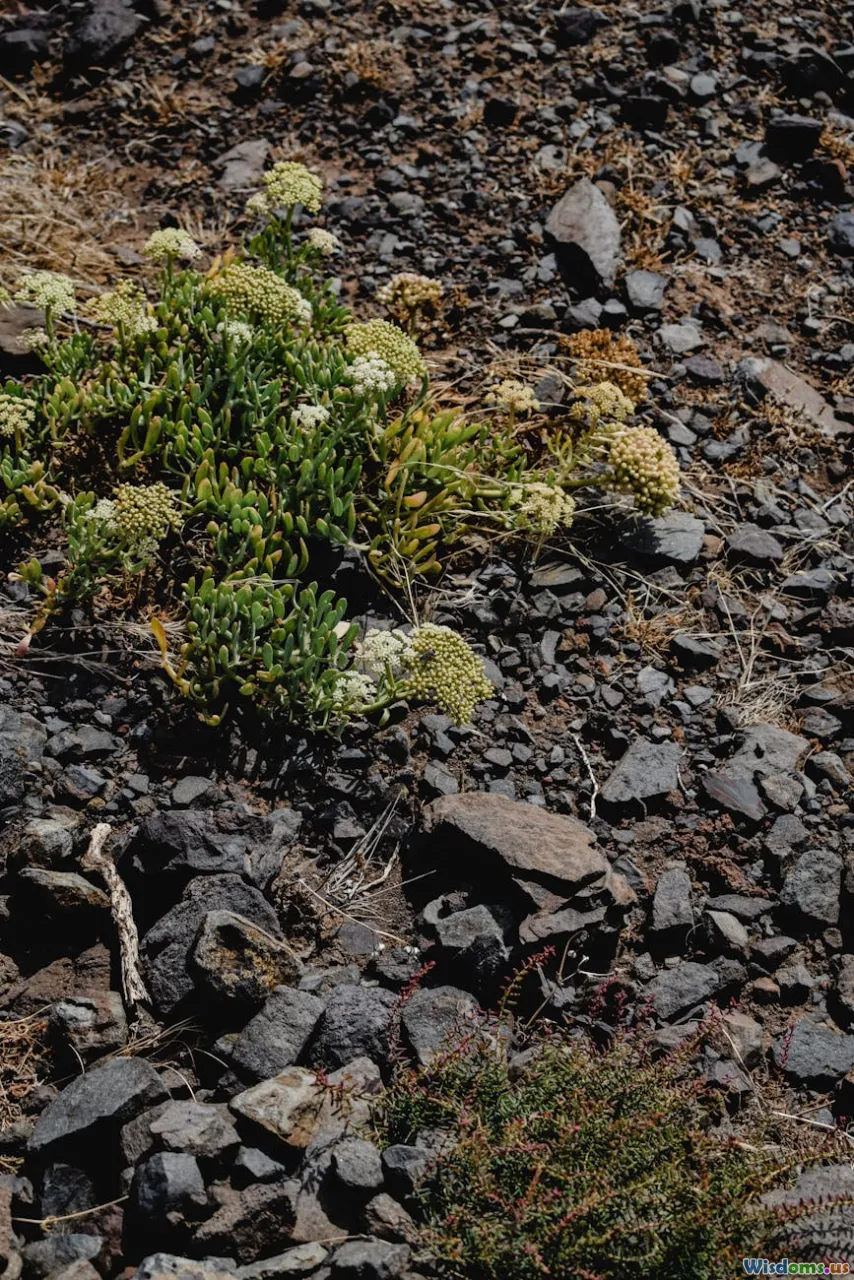
Thomas Hardy’s The Return of the Native (1878) features Eustacia Vye, a heroine almost Shakespearean in her ambition and doomed glamour. Unlike conventional Hardy heroines, Eustacia rebels openly against the drab expectations of Egdon Heath society.
How Eustacia Broke Convention:
- Aspiration for More: Eustacia is frank about her desires: cosmopolitan adventure, romance, escape from rural drudgery. She initiates secret courtships and challenges social codes with an almost Byronic restlessness.
- Unflinching Autonomy: Eustacia’s refusal to settle for a circumscribed life—at great personal cost—highlights Hardy’s critique of repressive Victorian morals.
Eustacia remains controversial: Is she selfish or simply misunderstood? Either way, her willful desire for change broke through stereotype and continues to provoke debate.
Hilda Rattenbury: The Artistic Moralist of The Marble Faun
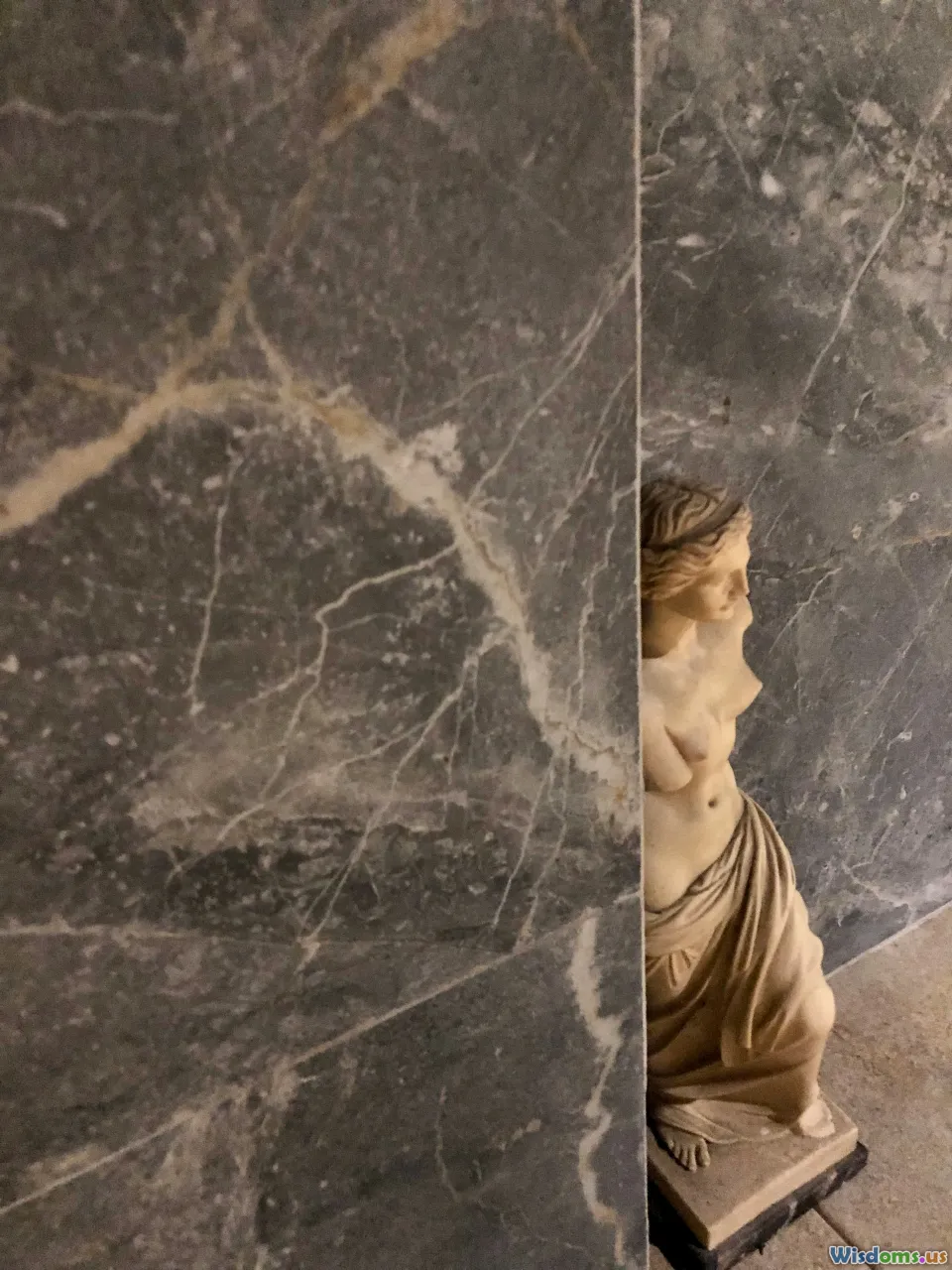
Nathaniel Hawthorne's little-remembered, mythic novel The Marble Faun (1860), set in Rome, features Hilda Rattenbury, a young American artist known as "the Dove." Hilda is remarkable for her artistic prowess and fierce commitment to personal ethics.
Norms Defied by Hilda:
- Professional Ambition: Hilda is revered as a copyist, earning admiration even among prominent male artists, signaling that craftsmanship and innate talent transcend gender.
- Moral Agency: When drawn into a moral crisis regarding a violent act, it's Hilda's conscience and clarity—not deference or silence—that drive many plot machinations.
Hilda presaged a new kind of heroine: one defined by vocation rather than romance, and by an inner voice unafraid of social judgment.
Becky Sharp: The Charismatic Antiheroine of Vanity Fair
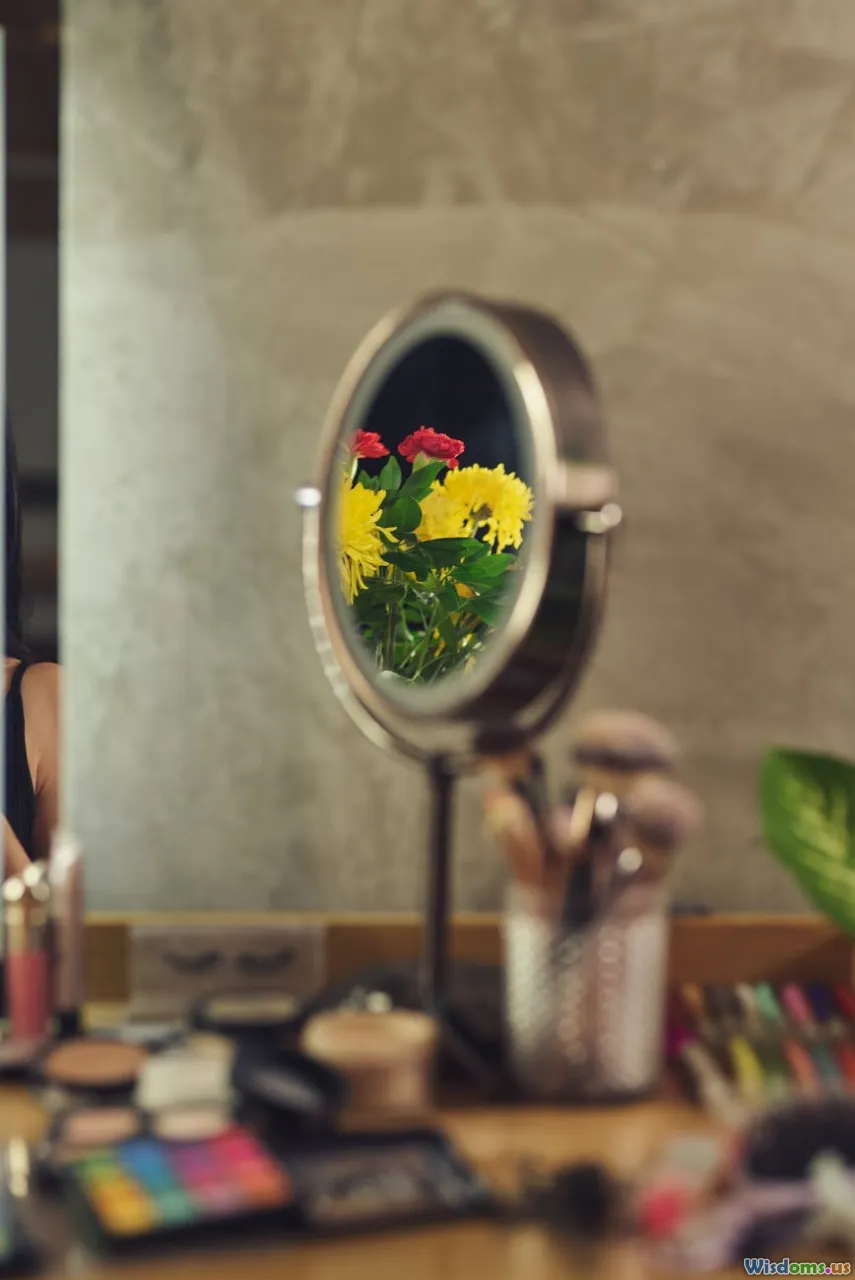
In William Makepeace Thackeray’s Vanity Fair (1847–48), Becky Sharp is both protagonist and antiheroine, surviving Regency England with ruthless cunning.
How Becky Beat the Odds:
- Satiric Social Climber: As a penniless orphan, Becky leverages wit and manipulation, vaulting beyond her station. She openly mocks the limitations placed on women and uses society's hypocrisy to her own advantage.
- Unashamed Ambition: The narrative never condemns Becky for her ambition. Though her morals are flawed, her refusal to accept her lot remains radical.
Becky upended the passive ideal of womanhood as mere ornament, sparking conversations about women’s agency and social gaming brutal enough to echo through today’s pop culture antiheroines.
Rachel Verinder: The Unwavering Heirloom Keeper in The Moonstone
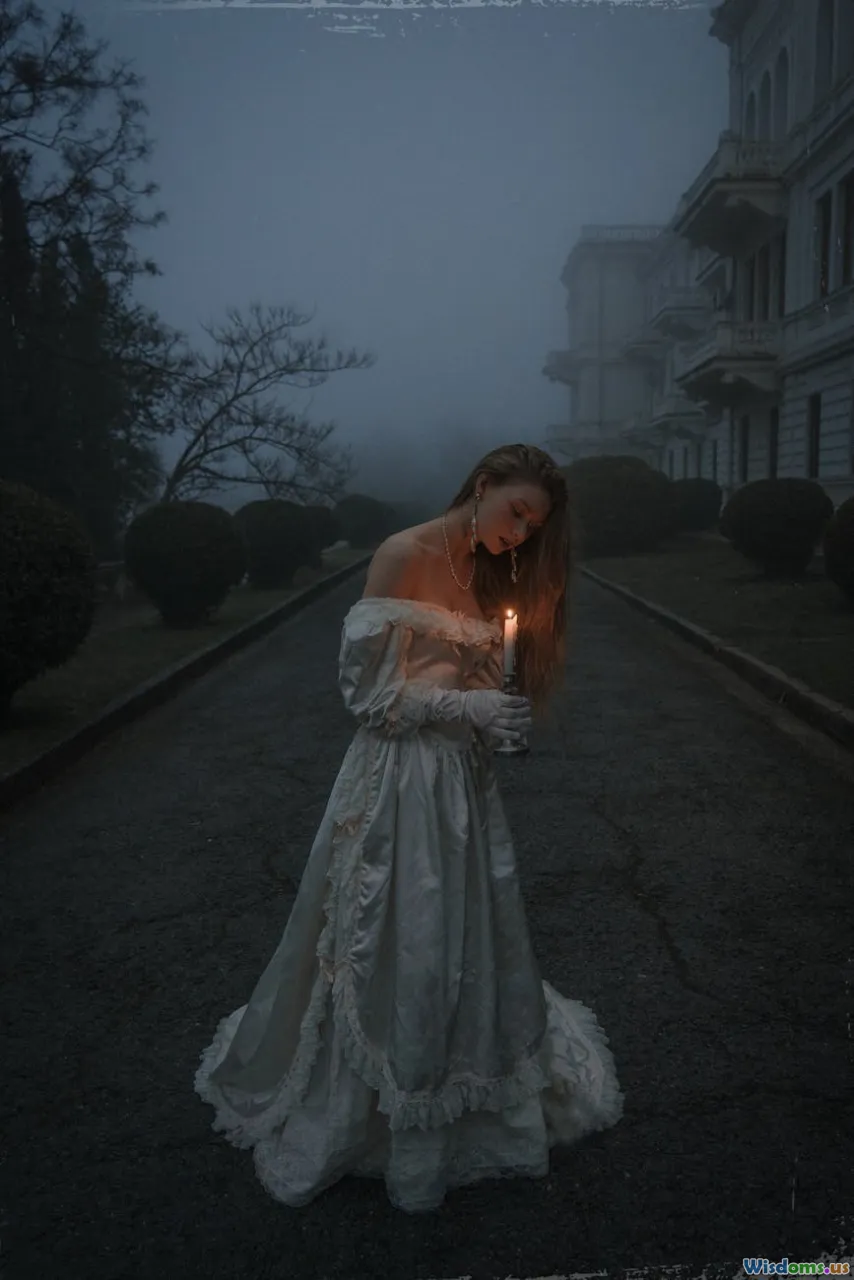
Wilkie Collins’ The Moonstone (1868), considered by many as the first detective novel in English, introduced Rachel Verinder, a strikingly independent heroine who becomes an object of suspicion after a valuable diamond disappears.
Rachel’s Disruptive Path:
- Secret-Keeping as Protection: Rachel withholds crucial information, not out of childishness but to protect her love and autonomy. Her insistence on remaining silent subverts the notion that women must be transparent for men's sake.
- Active Role in Her Fate: Rachel does not wait passively for rescue; at several points she attempts to control the investigation and shield those she cares about.
Rachel embodies a blend of courage and complexity; her actions challenge the fragile trust given to women, by the law and by the men around her.
Sethe: Fierce Motherhood in Beloved
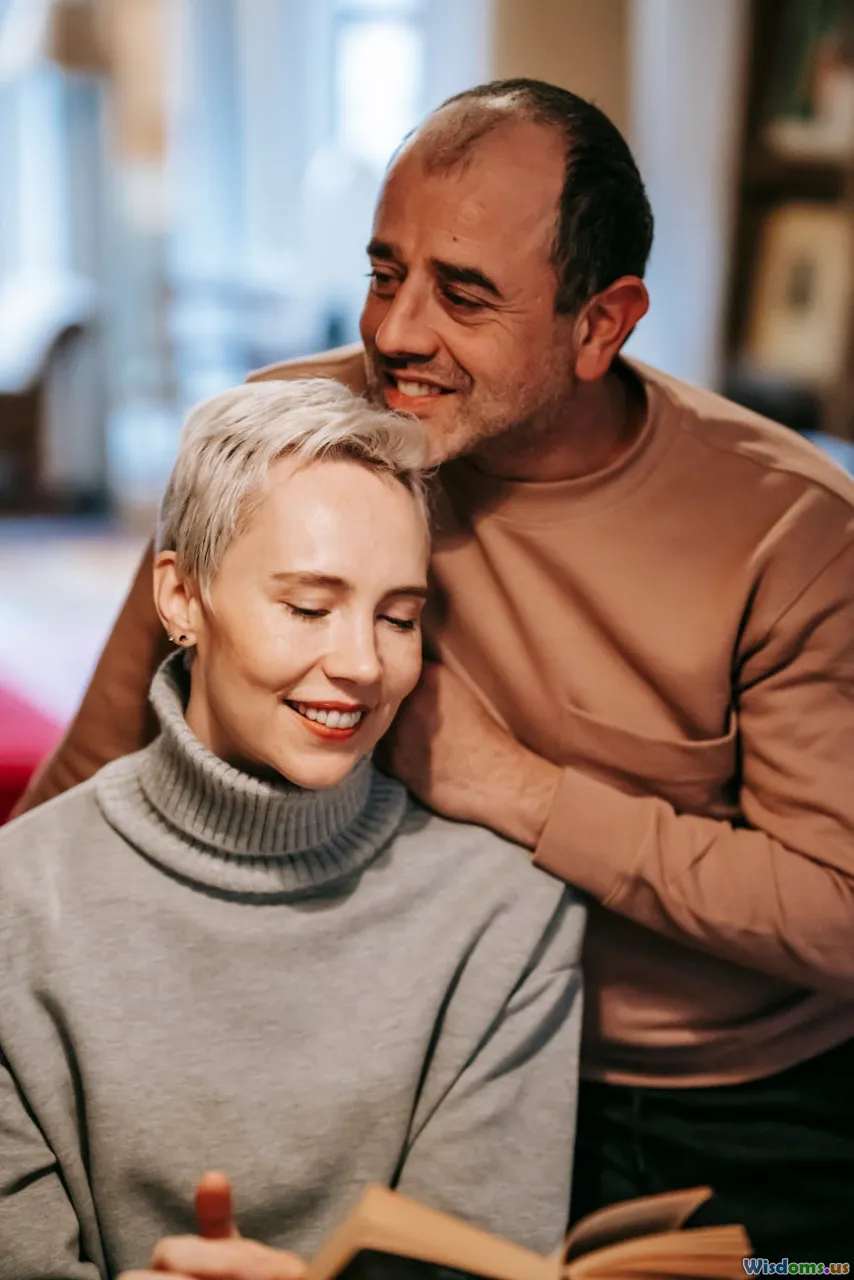
While Beloved (1987) by Toni Morrison pushes outside the boundaries some associate with 'classics,' its literary eminence and exploration of 19th-century America command inclusion. Sethe, an enslaved woman escapee, is driven by maternal love so intense it bends history and convention alike.
Sethe’s Limit-Shattering Actions:
- Radical Maternal Autonomy: Facing recapture, Sethe chooses a path considered unthinkable, killing her child rather than returning her into bondage. Morrison dares us to look beyond judgment to the fury of slavery and the depths of a mother’s protection.
- Claiming Ownership of Identity: Sethe's struggle is not only for freedom but for the right to define herself, to choose her memories and her future.
Sethe breaks all precedents—a figure both intimately human and mythological, her legacy as a mother, survivor, and truth-teller resounds through American literature.
How To Discover More Subversive Female Characters in Classics
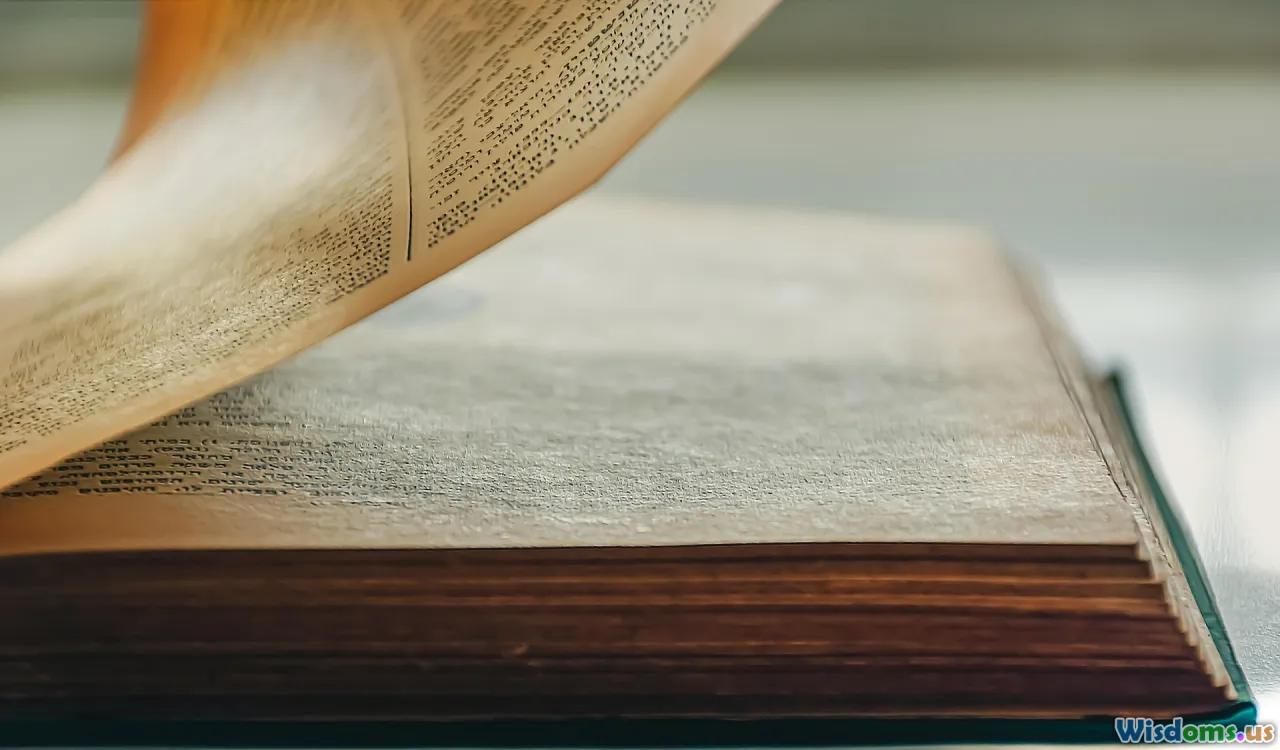
Those drawn to strong, boundary-breaking heroines need not stop here. Classic novels brim with women who chafe against societal bridle, from Tolstoy’s Anna Karenina to George Eliot’s Maggie Tulliver. Here’s how you can unearth even more trailblazing characters:
-
Read Translations and Lesser-Known Classics: Venture beyond the Anglo-centric canon. Nabokov’s Invitation to a Beheading features an audacious female secondary character, and in China’s Dream of the Red Chamber, Lin Daiyu dazzles with intelligence.
-
Focus on Authorial Contexts: Consider the biographical setbacks faced by women authors—for example, Frances Burney or Edith Wharton—and how their struggles inform characterization.
-
Use Themed Book Clubs: Join online or local clubs focused on proto-feminist classics, or search for reading lists curated by libraries and universities.
-
Re-examine "Side" Characters: Many classics use secondary female characters as secret subversives—think Charlotte Lucas (Pride and Prejudice) or Dorothea Brooke (Middlemarch).
Exploring literature with an eye for challenge, not just compliance, unlocks an untapped world of agency, courage, and rebellion encoded onto every page.
Women’s stories have always been about more than marriage and manners. Classic literature’s most compelling heroines are those who defy, disrupt, and demand—all while etched into the very foundation of the literary canon. When next you pick up a classic, look for the bold, the unruly, and the unforgettable women within.
Rate the Post
User Reviews
Popular Posts










